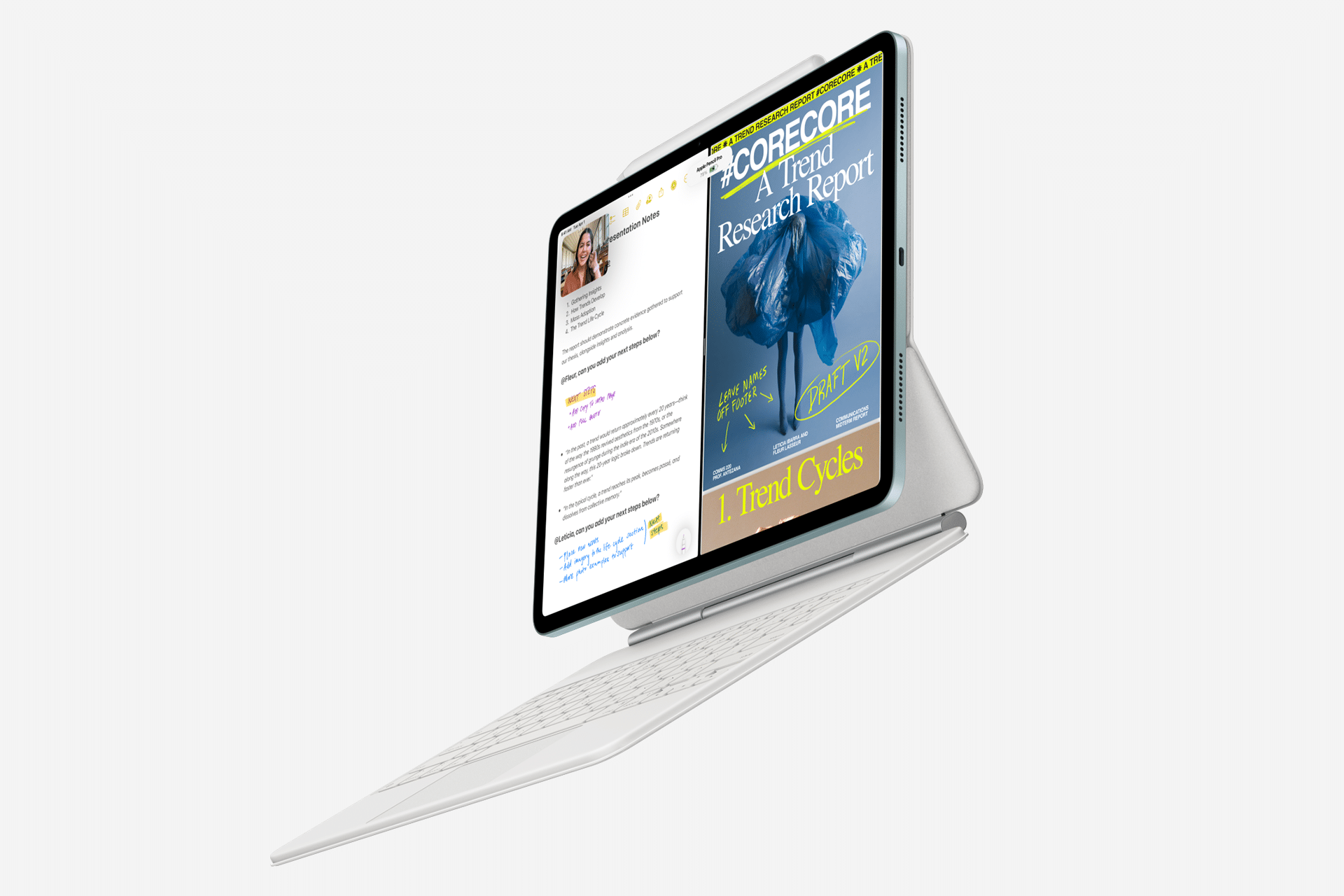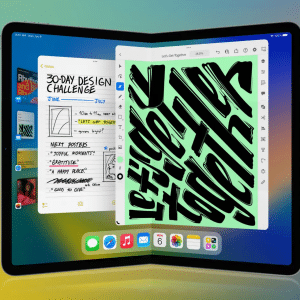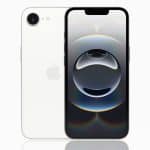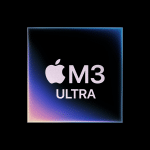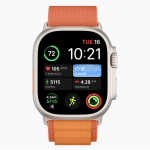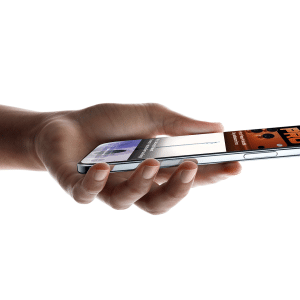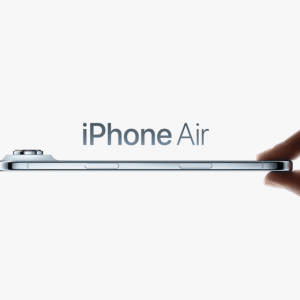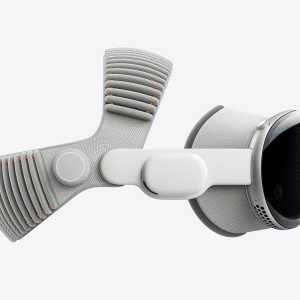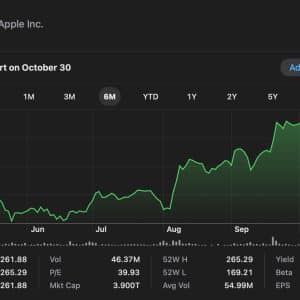The patent, titled “Adjustable Support for an Electronic Device,” describes a setup where the iPad Pro would magnetically attach to a keyboard base, propped up by a foldable kickstand—much like the Surface Pro’s signature look. Unlike the Magic Keyboard’s floating cantilever design, this version promised a more traditional typing angle and a sliding base for stability. Apple’s engineers even sketched a trackpad alongside the keys, hinting at a hybrid device that could rival a laptop for serious work. The filing, reported by outlets like The Verge at the time, suggested Apple saw potential in merging its tablet with a more conventional form factor.
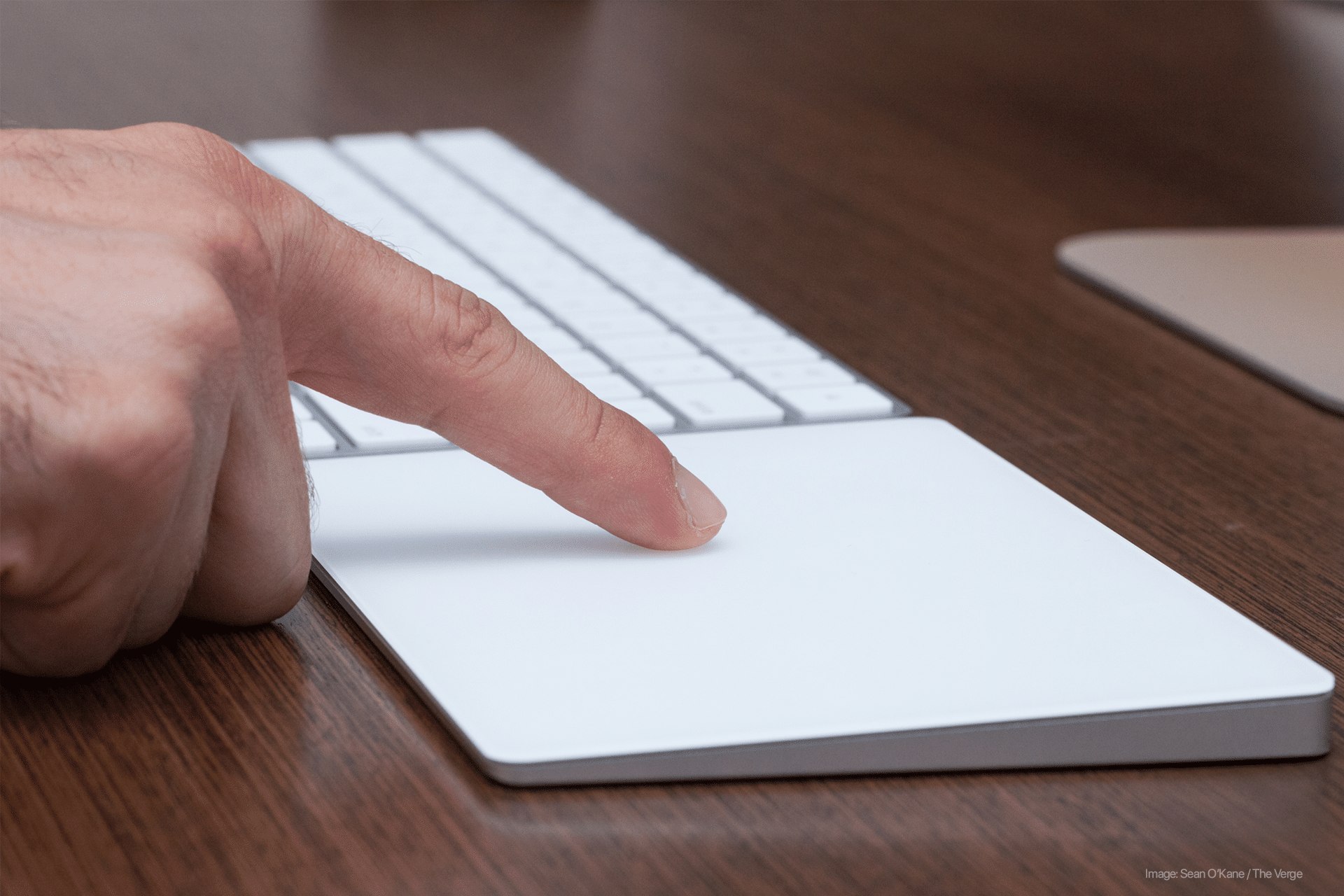
What It Could Have Meant for Users
Imagine an iPad Pro that flips from tablet to workstation with a snap. The Surface-like keyboard would have offered a sturdier typing experience—less wobble than the Magic Keyboard’s hinge, which some users find shaky on uneven surfaces, per TechCrunch reviews. The kickstand could adjust viewing angles freely, a boon for artists sketching with an Apple Pencil or coders hunched over Xcode. With a trackpad in tow, it might have made iPadOS feel closer to macOS, smoothing the jump for MacBook users dipping into Apple’s tablet world.
For everyday tech enthusiasts, this could have been a game-changer. The iPad Pro’s M2 chip (and now M4 in 2025 models) already packs desktop-grade power—think 8K video editing or 3D rendering. Pair that with a keyboard mimicking a laptop layout, and you’ve got a device that’s less a “fridge-toaster” hybrid (as Tim Cook once jabbed at the Surface) and more a seamless all-in-one. It’s not hard to see the appeal: a lightweight rig for students, remote workers, or anyone who’d rather not lug a MacBook to the coffee shop.
Why It Stayed on Paper
So why didn’t Apple greenlight it? The patent’s timing—filed years before its 2022 reveal—suggests it was an early brainstorm, not a near-release product. Apple’s focus shifted to the Magic Keyboard by 2020, a $299 accessory that’s since evolved with aluminum palm rests and function keys, as noted in Apple’s May 2024 “Let Loose” event coverage by ZDNET. That design prioritizes elegance and integration via the Smart Connector—no batteries, no fuss—over the Surface’s detachable versatility. Apple likely doubled down on its ecosystem polish rather than chasing a rival’s blueprint.
There’s also the software hurdle. iPadOS, despite cursor support and multitasking tweaks, isn’t macOS. A Surface-style keyboard might promise laptop vibes, but without deeper OS changes—like full external monitor support or unfettered file management—it risks feeling like a half-measure. Posts on X around the patent’s discovery echoed this: users loved the hardware idea but doubted iPadOS could match the Surface’s Windows flexibility. Apple’s pro-innovation streak leans toward refining its own path, not borrowing heavily from Redmond.
The Practical Takeaway Today
Fast forward to March 2025, and the iPad Pro’s Magic Keyboard reigns supreme—at a cost. Starting at $299 for the 11-inch model, it’s a premium add-on that turns the tablet into a near-MacBook, especially with the M4’s muscle. Yet, some users still grumble about its weight (nearly doubling the iPad’s) and lap usability, per Bloomberg’s hands-on reports. The Surface-like concept might have offered a lighter, more adjustable alternative—something budget-minded buyers or road warriors could appreciate.
For now, Apple’s sticking to its guns. The Magic Keyboard’s latest iteration, launched with the M4 iPad Pro, adds a sturdier hinge and USB-C charging, addressing some gripes without reinventing the wheel. But the patent’s ghost lingers. Could a future iPad—say, an iPad Air or even a budget model—revive this hybrid vision? With Apple planning a Magic Keyboard for entry-level iPads in 2025, per AppleInsider’s September 2024 scoop, the idea isn’t dead—just dormant.
A Missed Opportunity or a Smart Pass?
Apple’s flirtation with a Surface-like keyboard shows it’s not above rethinking the iPad’s role. The company once mocked Microsoft’s hybrid as a “fridge-toaster,” yet here it was, sketching its own. Maybe it dodged a bullet—why muddy the iPad’s tablet-first identity when the MacBook exists? Or maybe it missed a chance to hook users who want one device to rule them all. Either way, the patent’s a reminder: Apple’s innovation isn’t always what ships—it’s what it dares to dream.

